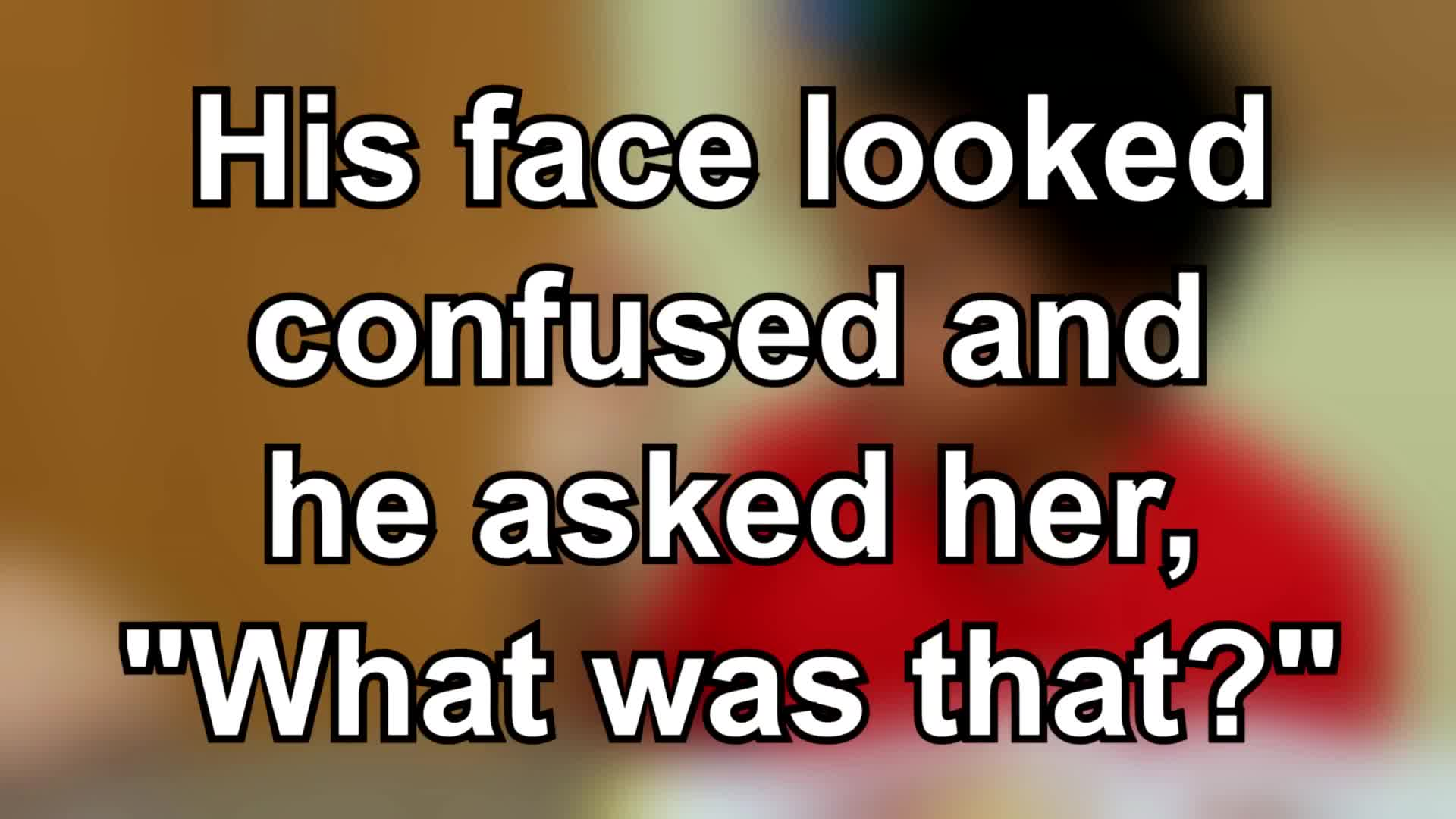
Introduction
Speaking too quickly can lead to confusion and misunderstandings in conversations. When students feel excited or nervous, they may start talking fast, making it difficult for others to understand them. In this blog post, we’ll explore a no-prep activity to help students practice speaking at a comfortable pace, ensuring effective communication and understanding.
No-Prep Activity: The Slow Motion Conversation
This activity requires no preparation or materials from the educator. It is designed to help students become more aware of their speaking speed and practice slowing down when needed. The activity can be conducted in pairs or small groups.
- Ask students to pair up or form small groups. Each group should choose a topic to discuss, such as their favorite food, movie, or hobby.
- Instruct students to begin their conversation, but ask them to speak in “slow motion.” They should exaggerate their speech by talking slowly and clearly.
- After a few minutes, ask students to return to their normal speaking speed but maintain the clarity they practiced during the slow-motion conversation.
- As a class, discuss the differences in understanding and communication when speaking slowly and clearly compared to speaking too quickly.
Discussion Questions
- How did it feel to speak slowly during the slow-motion conversation? Did you notice any differences in understanding compared to when you speak quickly?
- What are some situations in which speaking too quickly might cause confusion or misunderstandings?
- How can you become more aware of your speaking speed and adjust it when necessary?
- What are some clues that someone might not understand you because you are speaking too quickly?
- How can we help others feel more comfortable when they’re struggling to understand us?
Related Skills
In addition to speaking slowly, there are other important skills that contribute to effective communication and understanding. Some of these skills include:
- Active listening: Paying close attention to what the other person is saying and responding appropriately.
- Nonverbal communication: Using body language, facial expressions, and gestures to convey meaning and emotions.
- Empathy: Understanding and sharing the feelings of others, which can help improve communication and strengthen relationships.
- Asking for clarification: If you don’t understand something, it’s important to ask questions or request more information.
Next Steps
Helping students develop effective communication skills is essential for their social and emotional growth. To access free samples of resources designed to teach speaking slowly and other crucial skills, visit Everyday Speech Sample Materials. These materials can be easily incorporated into your classroom to enhance students’ learning experiences and promote positive social interactions.

